As global energy demand continues to grow and renewable energy rapidly advances, solar power has become a key technology in addressing the energy crisis and environmental issues.
However, the efficient operation of solar panels relies not only on their performance but also on the installation system.
As the core component for securing and supporting solar panels, mounting brackets directly impact the system’s stability, durability, and energy efficiency.
Therefore, this article will explore the role, types, and development trends of solar panel mounting brackets to help readers better understand this essential product.
What Is Solar Panel Mounting Bracket?
The solar panel mounting bracket is a specialized structure designed specifically for installing and supporting solar panels.
Unlike traditional brackets, this type of bracket requires custom design according to the size and shape of the solar panels to meet installation requirements in different environments.
By being fixed on the ground, rooftops, or other structures, the solar panel mounting bracket allows the panels to maintain a certain tilt angle, maximizing their exposure to solar radiation.
At the same time, the mounting bracket for solar panel must meet certain design regulations and standards to ensure the stability, durability, and overall efficiency of the power generation system.
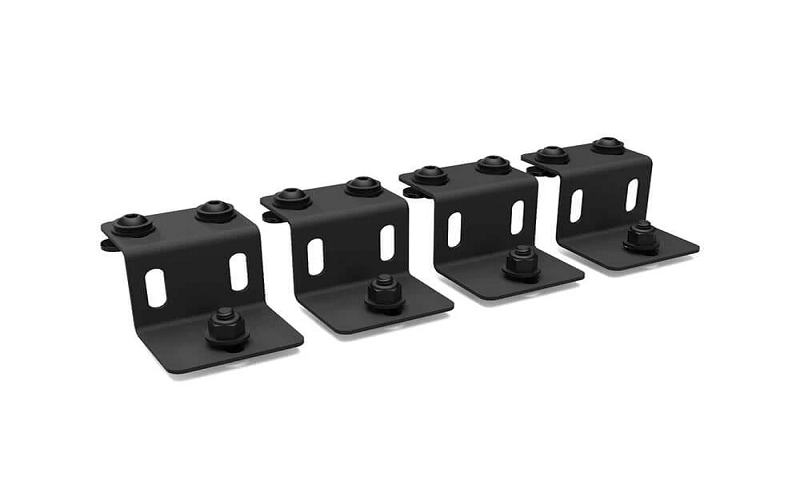
Why Is Solar Panel Mounting Bracket Important?
Solar panel mounting brackets are essential devices for installing solar panels, and their function and importance are reflected in the following aspects:
Support and Angle Adjustment
The main function of solar panel mounting brackets is to fix the panels securely, allowing them to stably absorb sunlight.
Improving Energy Conversion Efficiency
A well-designed bracket system can provide the optimal installation angle for solar panels and effectively reduce shading, thereby improving energy efficiency.
Adaptation to Different Environmental Conditions
Solar brackets need to have strong resistance to earthquakes, wind, snow loads, and corrosion to adapt to a wide range of regions and environmental conditions.
Promoting the Use of Sustainable Energy
As technology advances and market demand grows, solar photovoltaic bracket systems are continuously evolving and innovating.
The widespread adoption of these systems helps promote the use of sustainable energy, reduces reliance on fossil fuels, lowers greenhouse gas emissions, and fosters environmental sustainability.
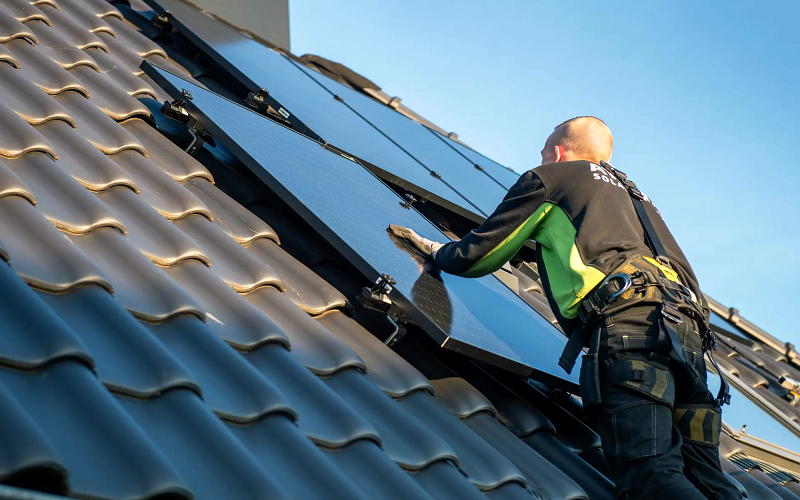
What Type Of Mounting Brackets For Solar Panels?
Currently, solar photovoltaic mounting brackets on the market are mainly categorized by material into concrete brackets, aluminum alloy brackets, and steel brackets :
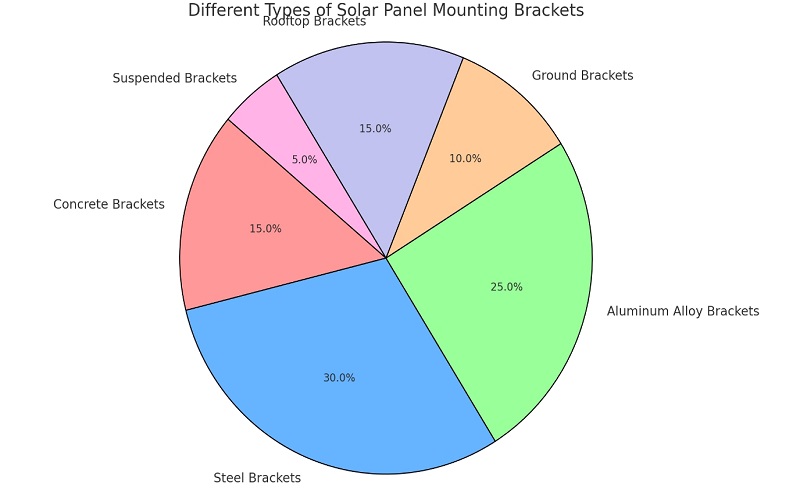
Concrete brackets
Primarily used in large-scale photovoltaic power stations, they are heavy and suited for stable, outdoor environments.
They offer high stability and can support large solar panels.
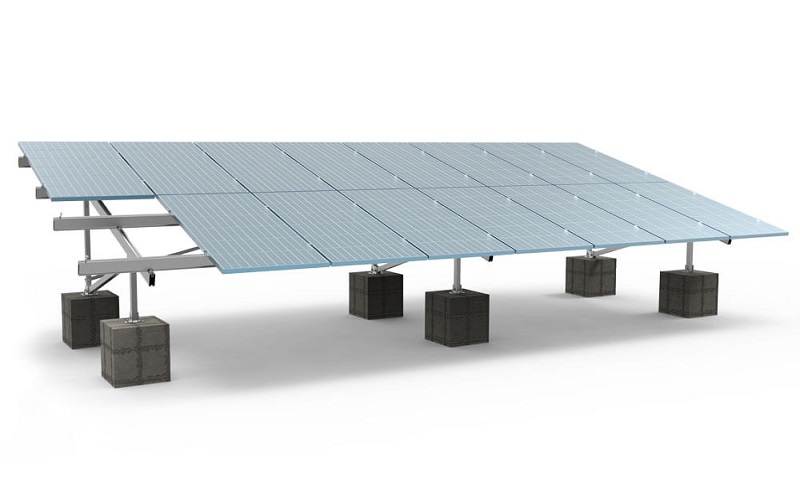
Aluminum alloy brackets
Commonly used in residential rooftop solar applications, these brackets are lightweight, corrosion-resistant, and durable, but have lower load-bearing capacity and are not suitable for large power station projects.
They are also slightly more expensive than galvanized stee
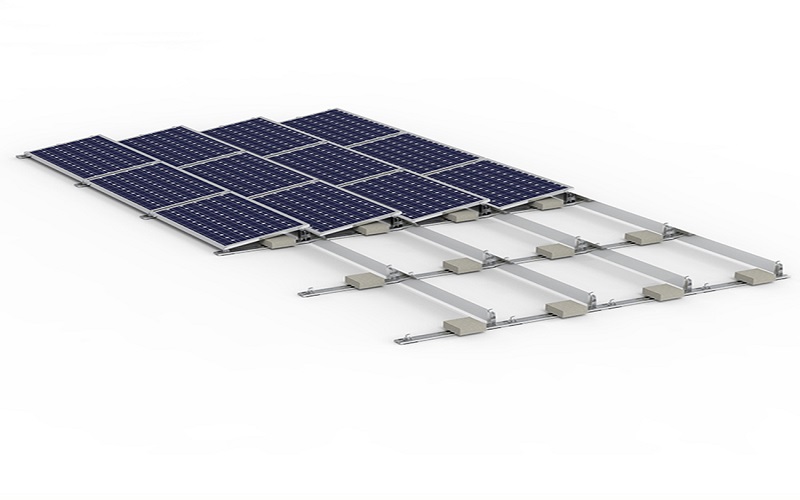
Steel brackets
Known for their stability and high load-bearing capacity, they are widely used in residential, industrial, and power station applications.
They are easy to install and have mature manufacturing processes, though the complex design and variety of components make them more expensive.
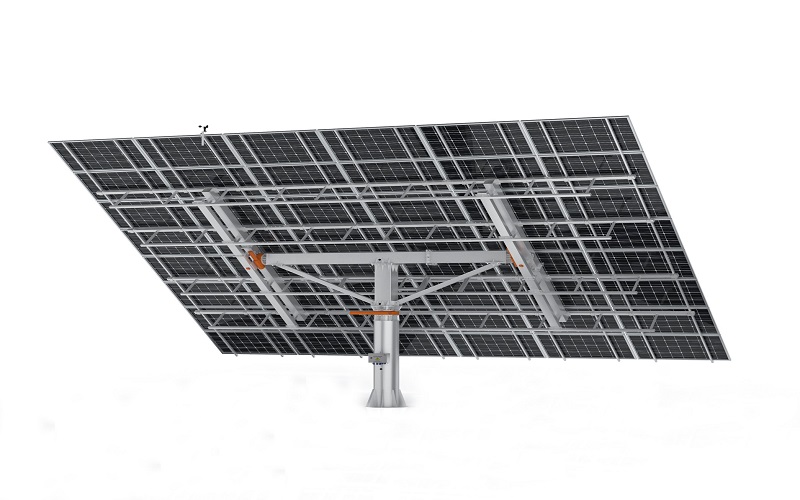
Based on application scenarios, photovoltaic brackets are divided into ground brackets, rooftop brackets, and suspended brackets:
Ground brackets
Suitable for flat areas, large solar power stations, and buildings.
They integrate with the ground to withstand harsh weather conditions and are widely used in agriculture, industrial parks, and natural spaces like forests and grasslands.
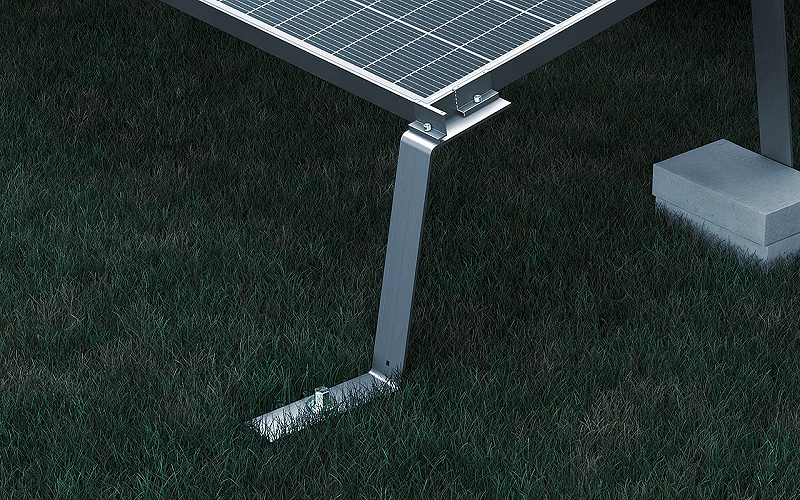
Rooftop brackets
Designed for residential and commercial buildings, they allow mounting solar panels on flat roof without drilling.
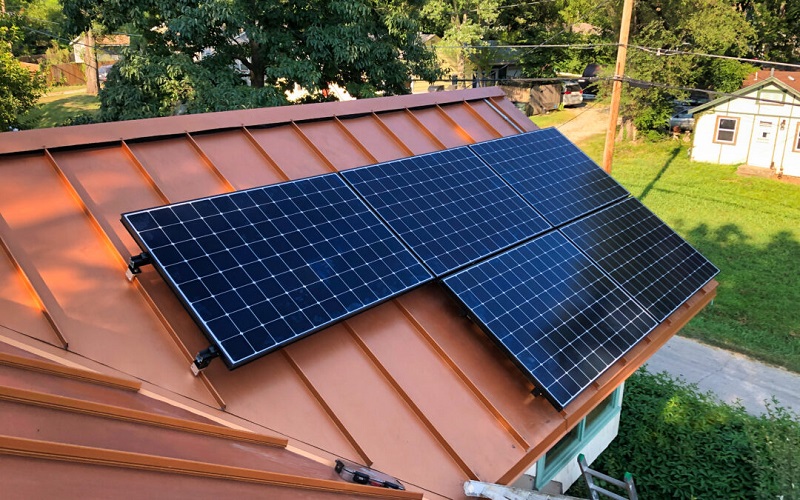
Suspended brackets
These brackets suspend solar panels on wires or supports to maximize sunlight exposure.
Ideal for urban spaces such as building facades and bridges, they allow solar panels to be mounted on exterior walls without taking up ground space.
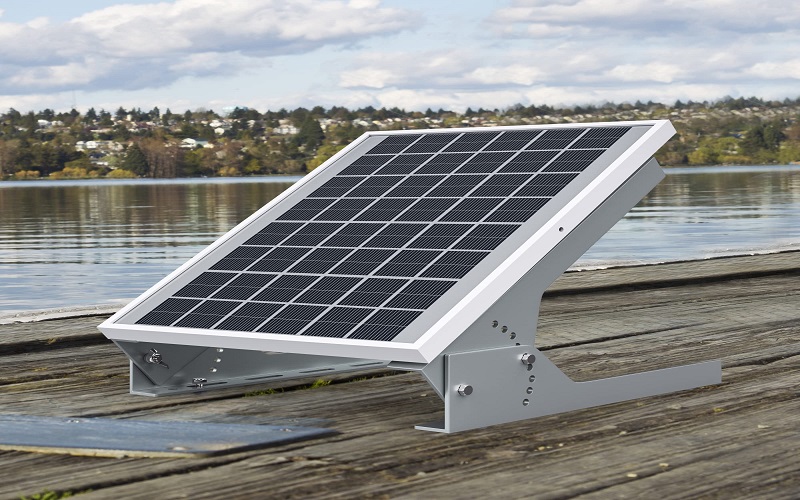
How to Install Solar Mounting Brackets?
1.Choose the Installation Location
Installation site: building roof, curtain wall, or ground.
Installation direction: preferably south-facing (except for tracking systems).
Installation angle: equal to or close to the latitude of the installation site.
2.Inspect the Roof Structure
Before installing solar panels, check whether the roof structure can support the weight of the panels. If necessary, additional support structures should be added, or alternative installation methods should be considered.
3.Install the Mounting Bracket
Based on the size and number of solar panels, choose the appropriate mounting brackets and rails for installation.
The solar panel mounting rails should be properly aligned and securely fixed to the brackets, providing a sturdy platform for attaching the solar panels.
Ensure that the rails are installed securely to withstand wind and rain impact.
4.Secure the Solar Panels
Fix the solar panels onto the mounting brackets, ensuring they are stable and not affected by external forces.
Use appropriate screws and fasteners to ensure a tight connection between the solar panels and the brackets.
5.Connect the Circuit
Connect the solar panels to the inverter or battery storage system using wires. Ensure the connections are reliable and secure, and check the safety of the electrical circuit.
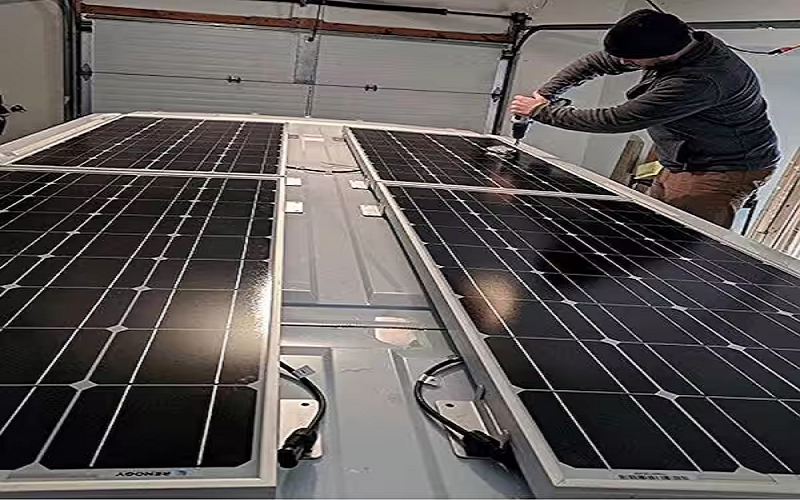
Key Considerations in Choosing Solar Panel Mounting Brackets
Careful selection and design of solar panel mounting brackets are crucial for improving the efficiency of solar panels and extending the system’s lifespan.
Here are several key factors to consider when choosing solar mounting brackets:
- Installation Location
Common types of brackets include rooftop and ground-mounted brackets.
Rooftop brackets: Suitable for various roof types, such as corrugated steel roofs, sloped roofs, and flat roof solar panel mounting.
Ground-mounted brackets: Best for open ground spaces, with options such as single-pillar and double-pillar brackets.
When choosing, it’s important to consider specific conditions like roof load capacity or ground flatness.
- Material Selection
The choice of material directly affects the durability and cost of the mounting brackets.
Aluminum alloy: Lightweight and corrosion-resistant, ideal for light-load installations.
Galvanized steel: High strength and stability, commonly used in large ground-mounted solar power stations.
Stainless steel: Excellent weather resistance and recyclability, but more expensive.
- Environmental Conditions
Select brackets with appropriate weather resistance and anti-corrosion measures based on the local climate, to extend the lifespan and reduce maintenance needs.
- Structure Type
Depending on whether you want to track the sun’s movement to increase energy collection efficiency, you can choose between fixed brackets or automatic tracking brackets.
Fixed brackets: Simple structure and low cost, but may require adjustment of tilt angle and orientation depending on the region.
Automatic tracking brackets: Adjust their position automatically based on the sun’s trajectory to maximize sunlight exposure, though they come with higher upfront and maintenance costs.
- Cost-Effectiveness
When choosing brackets, consider not only the material and installation costs but also their long-term stability and maintenance costs to ensure overall cost-effectiveness.
(Refer to the solar panel mounting bracket cost calculation formulas below).
Cost Calculation for Solar Panel Mounting Brackets
Total Cost Formula:
Total cost=Material cost+Installation cost+Design cost+Transportation cost+Other costs
Cost | Material | Labor and Installation | Design | Transportation |
Aluminum alloy brackets:$80 – $150 per kW | $30 – $100 per kW | 5%-10% of the total project cost | 5%-15% of the material cost | |
Steel brackets: $50 – $100 per kW | ||||
Concrete brackets: $100 – $200 per kW |
Example:
Assuming you are selecting aluminum supports for a 10 kW project, here is a rough cost estimate:
Material Cost: $100/kW \times 10 = $1000
Installation Cost: $50/kW \times 10 = $500
Design cost: ($1000 + $500) \times 5% = $75
Transportation Cost: $1000 \times 10% = $100 USD
Total Cost = $1000 (material cost) + $500 (installation cost) + $75 (design cost) + $100 (transportation cost) = $1675
Future Trends of Solar Panel Mounting Bracket
With the growing popularity of green buildings and sustainable development concepts, environmentally friendly materials and production processes are becoming the new direction for the solar mounting industry.
The use of recyclable materials and efforts to reduce carbon emissions, in line with the requirements of a circular economy, suggest that future solar panel mounting brackets may adopt more eco-friendly materials, such as plastics, to reduce reliance on steel and achieve sustainable resource utilization.
Compared to traditional metal mounting brackets, plastic solar panel mounting brackets offer key advantages, including being lightweight and cost-effective.
The lighter weight of plastic materials reduces the overall weight of the brackets, which is beneficial for installation and transportation.
Additionally, the lower cost of plastic materials makes these brackets more competitive in terms of pricing.
These features make plastic mounting brackets an ideal alternative for the future of the solar industry, helping to lower costs and achieve green transformation.
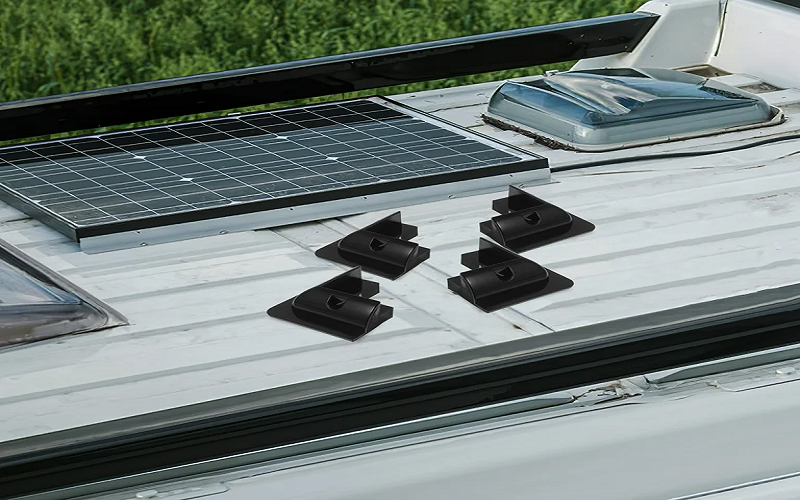
Conclusion
Solar panel mounting brackets play a crucial role in ensuring system stability and improving energy efficiency.
With the rise of green buildings and sustainable development, environmentally friendly, lightweight, and cost-effective materials like plastic solar mounting brackets are increasingly becoming the ideal alternative to traditional metal brackets.
As experts in plastic brackets, FOWMOULD offers customized solar panel mounting injection molded brackets, providing one-stop services from design to manufacturing.
If you’re interested, please contact us today!
